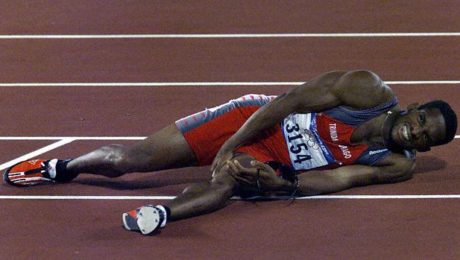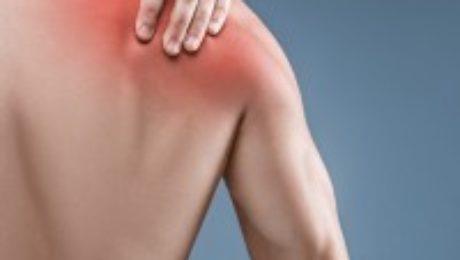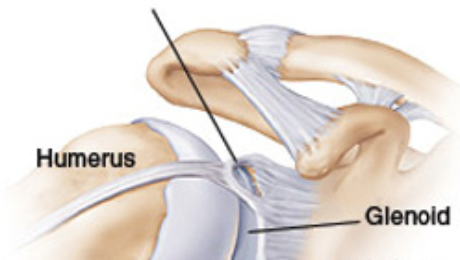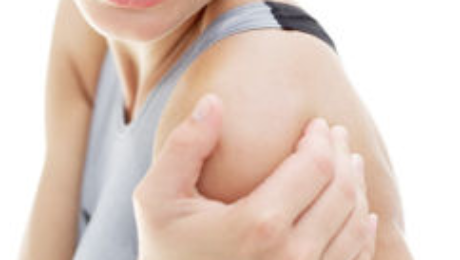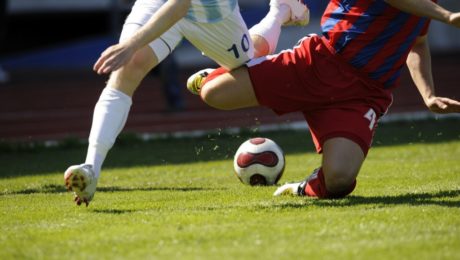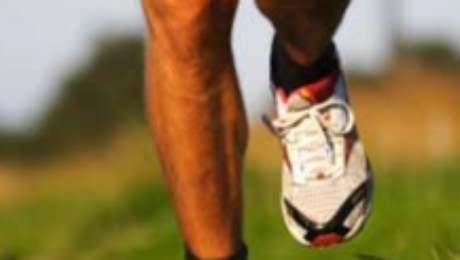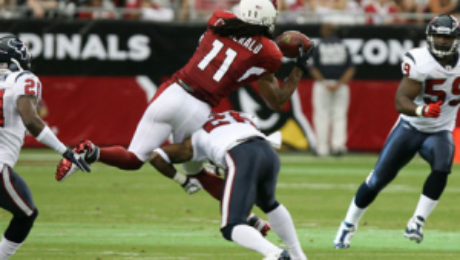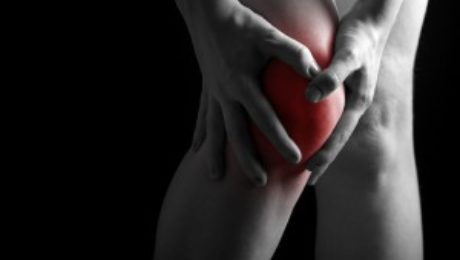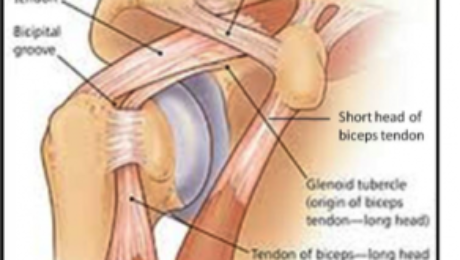Basics of Knee Ligament Injuries from an AZ Orthopedic
Friday, 17 March 2017
The knee is the largest joint of the body and it plays a vital role in weight-bearing and movement of the body. It is also one of the most complex joints of the human body. Ligaments are fibrous tissues that connect bones. There are two sets of ligaments in the knee: the cruciate ligaments –
- Published in ACL Reconstruction, Knee Surgery
No Comments
Basics of Chronic Shoulder Instability in Arizona
Friday, 17 March 2017
The shoulder is the most mobile joint and has a great range of motion as it is a ball and socket joint. It is however, shallower than the hip joint (also ball and socket) and this causes it to be more unstable. The shoulder joint consists of the head of the humerus (arm bone) and
- Published in Orthopedic, shoulder instability, Shoulder Surgery
Overview of Labral Tear Repairs from an Arizona Orthopedic Surgeon
Friday, 17 February 2017
Labral Tear Repair Labral repair is a surgery use to correct damage to the shoulder joint cartilage. Labral tears are a common type of sports injury, and they often occur along with shoulder dislocation. Overhead throwing athletes are at high risk for labral tears. What is the labrum? The labrum in the
- Published in Shoulder Surgery, Sports Medicine
FAQs on Stem Cell Procedures for Rotator Cuff Bursitis
Thursday, 12 January 2017
Stem cell and PRP procedures for rotator cuff bursitis are counted among the most advanced medical treatment modes. It prevents pain and disability from taking over your rotator cuff while initiating natural healing. An alternative to surgery, stem cell therapy for rotator cuff bursitis is minimally invasive and facilitates faster recovery. What are stem cells?
- Published in Sports Medicine, Stem Cell Therapy
Treatment of ACL Injuries with a Phoenix Sports Medicine Specialist
Sunday, 26 June 2016
Anterior Cruciate Ligament Injuries The anterior cruciate ligament (ACL) is one of the main knee structures. An ACL injury is any over-stretching or tearing of this ligament. ACL tears can be partial or complete. Most ACL tears occur in the midsection of the ligament, or result in the ligament being completely torn from the thigh
- Published in ACL Reconstruction, Orthopedic
Basics of Hamstring Muscle Strains
Sunday, 26 June 2016
Hamstring Muscle Strain Hamstring muscle strains are both painful and common. This injury affects many athletes, including skaters, runners, as well as soccer, football, and basketball players. The hamstring is a group of four muscles that run along the posterior (back) region of the thigh. These muscles allow you to bend the leg at the
- Published in Orthopedic
An Overview of Shin Splints and Treatment
Saturday, 28 May 2016
Shin splint is a term used to the pain along the inner edge of the tibia (shin bone). The pain associated with shin splints (medial tibial stress syndrome) often develops after physical activity, such as running. The pain is often worse when the athlete is just starting the fitness activity. What are the symptoms of
- Published in Sports Medicine
The Basics of Quadriceps Tendon Tears and Treatment
Saturday, 28 May 2016
The quadriceps tendon is a large fibrous structure just above the kneecap. This tendon is part of the complex extensor mechanism of the knee that includes the patella (kneecap), the patellar tendon, the quadriceps muscle, and the quadriceps tendon. A tear in the quadriceps tendon is a common athletic injury. What is the role of
- Published in Knee Surgery, Sports Medicine
Common Knee Injuries Seen by Phoenix Orthopedic Doctors
Saturday, 28 May 2016
The knee joint is comprised of three separate bones: the femur (thigh bone), the tibia (shin bone), and patella (kneecap). Articular cartilage covers the entire joint surface and offers a smooth gliding surface for motion. Proper knee function depends on intact ligaments. There are four main ligaments of the knee: the anterior cruciate ligament (ACL),
- Published in Knee Surgery
The Basics of Biceps Tendon Tears at the Shoulder
Wednesday, 27 April 2016
The biceps tendon attaches the biceps muscle to the shoulder and arm bones. If you tear the biceps tendon at the shoulder region, you could lose arm strength and experience pain. While many people can still function with a biceps tendon tear at the shoulder, surgery is required for complete recovery of strength and mobility
- Published in Orthopedic, Sports Medicine

